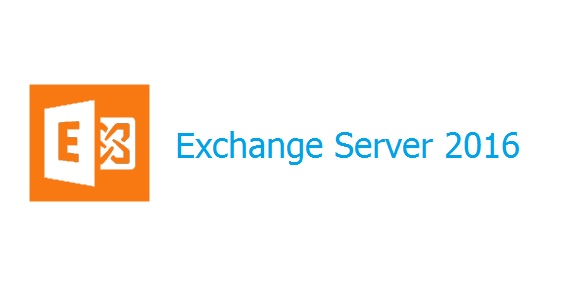[highlight color=”eg. yellow, black”]Download[/highlight]
- Better collaboration: Exchange 2016 includes a new approach to attachments that simplifies document sharing and eliminates version control headaches. In Outlook 2016 or Outlook on the web, you can now attach a document as a link to SharePoint 2016 (currently in preview) or OneDrive for Business instead of a traditional attachment, providing the benefits of coauthoring and version control.
- Improved Outlook web experience: Continuing our effort to provide you with a first class web experience across devices, we’ve made significant updates to Outlook on the web. New features include: Sweep, Pin, Undo, inline reply, a new single-line inbox view, improved HTML rendering, new themes, emojis, and more.
- Search: A lightning-fast search architecture delivers more accurate and complete results. Outlook 2016 is optimized to use the power of the Exchange 2016 back end to help you find things faster, across old mail and new. Search also gets more intelligent with Search suggestions, People suggestions, search refiners, and the ability to search for events in your Calendar.
- Greater extensibility: An expanded Add-In model for Outlook desktop and Outlook on the web allows developers to build features right into the Outlook experience. Add-ins can now integrate with UI components in new ways: as highlighted text in the body of a message or meeting, in the right-hand task pane when composing or reading a message or meeting, and as a button or a dropdown option in the Outlook ribbon.
- eDiscovery: Exchange 2016 has a revamped eDiscovery pipeline that is significantly faster and more scalable. Reliability is improved due to a new search architecture that is asynchronous and distributes the work across multiple servers with better fault tolerance. You also have the ability to search, hold and export content from public folders.
- Simplified architecture: Exchange 2016’s architecture reflects the way we deploy Exchange in Office 365 and is an evolution and refinement of Exchange 2013. A combined mailbox and client access server role makes it easier to plan and scale your on-premises and hybrid deployments. Coexistence with Exchange 2013 is simplified, and namespace planning is easier.
- High availability: Automated repair improvements such as database divergence detection make Exchange easier than ever to run in a highly available way. Stability and performance enhancements from Office 365, many of which were so useful that we shipped them in Exchange 2013 Cumulative Updates, are also baked into the product.
That’s just quick list of highlights; we encourage you to get a full view of what’s new by reviewing the Exchange 2016 documentation on TechNet, and the Product Guide. Or, if you are in the mood for something more bite-sized, check out these short demo videos in which a few members of the Exchange team show off their favorite features:
- Better Collaboration
- Outlook on the Go
- Architecture and Security/Compliance Improvements
- Smarter Inbox
Exchange 2016 will follow the same servicing rhythm as Exchange 2013, with Cumulative Updates (CUs) released approximately every three months that contain bug fixes, product refinements, and selected new investments from Office 365. The CUs will include features such as search indexing from passive that we decided needed additional refinement or validation before arriving on-premises. The first CU will arrive in the first quarter of 2016.
For those of you eager to get hands on with Exchange 2016, you can start right away by getting the bits from the Microsoft download center to evaluate the fully-functional product for 180 days. We know that you’re hungry for more in-depth info, so we’ll be publishing a series of deep dive blogs on Exchange 2016 here on the EHLO blog in the weeks ahead.
A big thanks to all those who participated in our Technology Adoption Program, downloaded the public Preview, and contributed feedback to help shape this release. One such participant was King Saud University; read about their experience with Exchange Server 2016.
Enjoy Exchange Server 2016!










